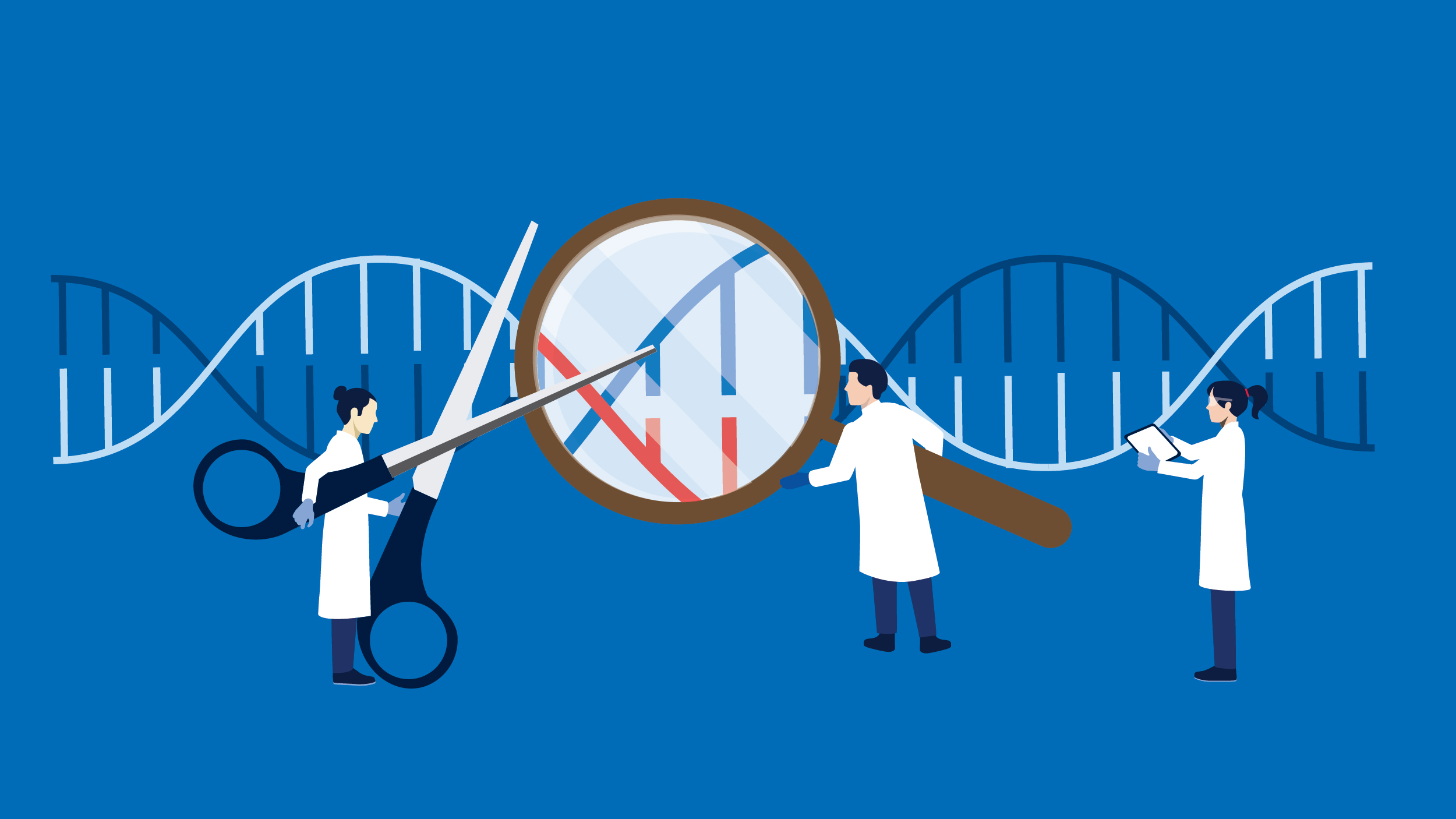
The Insight Exchange on Cell Line Development
Find out the best practices in cell line development and cell and gene therapy from renowned global scientists
Overview
The vulnerabilities of cell line engineering
- Given the low success rate of gene editing techniques, screening for successfully edited clones and characterizing the edits could take several months to complete. We are here to make your cell line development process easier and faster.
- Gene editing, viral transduction or even routine transfections can cause off-target effects such as chromosomal rearrangements and structural variants, often missed by classical methods like karyotyping and FISH. Choosing your genome assessment method wisely when working with cell line development is indeed an important decision in getting the cell right.
Ready to accelerate your clone selection workflow?
Go to our dedicated page to explore the QIAprep& CRISPR kit and QuantiNova one-step RT-qPCR solutions in detail.
Don’t sacrifice speed for quality – instead, combine both in your clone selection and cell line characterization workflow
Clone selection and enrichment
Gene expression analysis – validate gene edits at the transcript level using QuantiNova PCR
Cell line characterization
Get ahead of unintended changes lurking in your cells
Go to our dedicated page and explore EpiTect Hi-C



